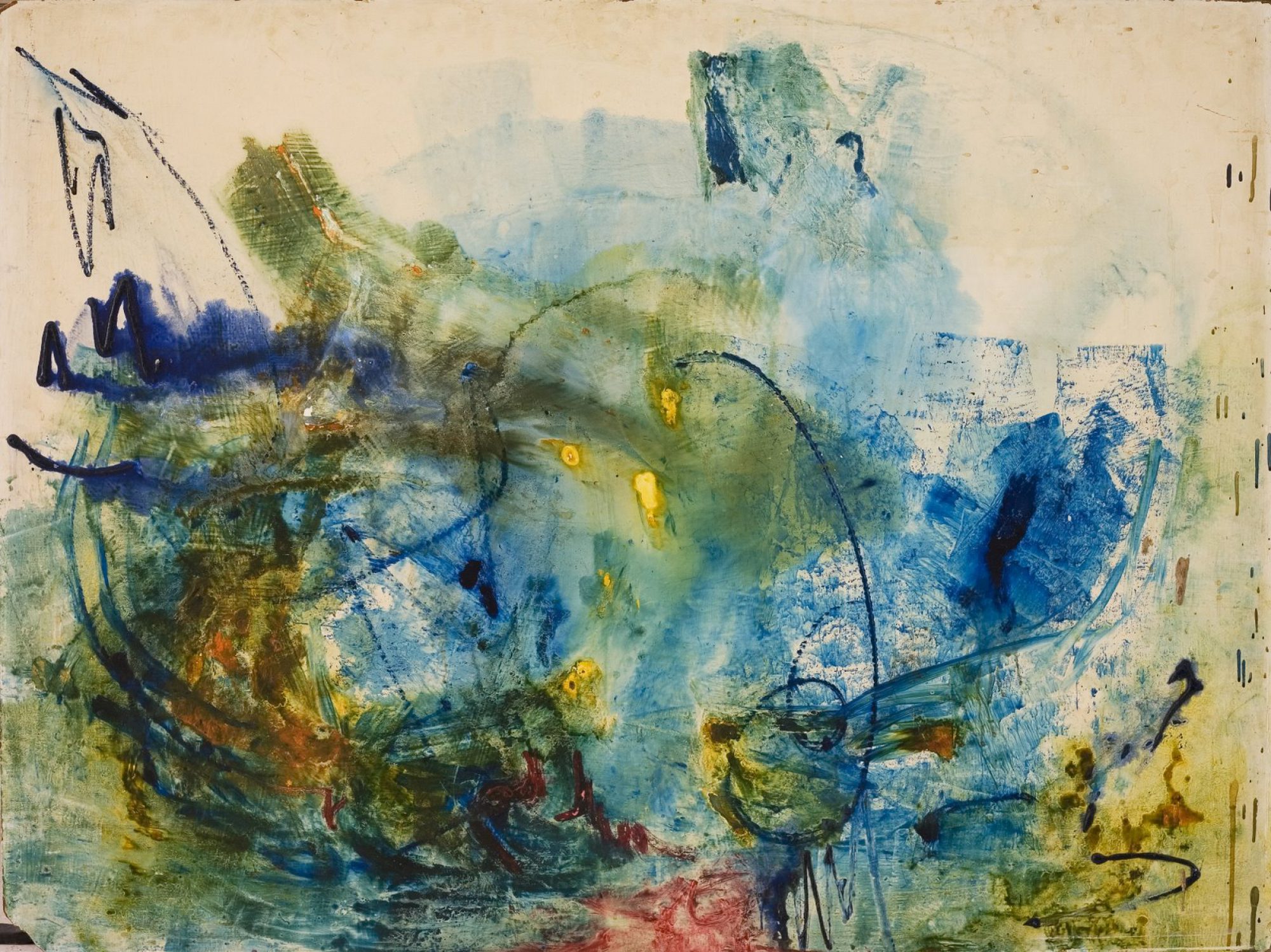Viewpoint by Marshall Baron, of Bulawayo, The Chronicle
If we are to have societies of artists, Rhodesia is too small to have them fragmented into various groups.
I do urge that the individuals involved find a means of sinking or overlooking any personality difficulties, and working for their common good.
The benefits to be derived from exchanges of ideas and honest criticism are immeasurable.
While studying art in the States, I found the reaction of co-artists perhaps of more value than the pronouncement made ex cathedra by faculty.
Competitiveness
Our contact with each other is infrequent and often jealous. This is not completely surprising and exists at all levels.
I asked Ben Shahn whether he went to exhibitions, and he said: “No”. I asked why, and he said: “Well, if the work is bad I am bored, and if it is good I am jealous”.
One cannot eliminate competitiveness in the field of human endeavour, but if we can communicate honestly and freely we can hopefully enrich each other’s work.
Returning to the generally conservative nature of society in Rhodesia, this is in some respects good, but every damaging so far as creative activity is concerned.
Take painting. Fortunately I do not rely on the sales of my work in order to survive. There are, however, one or painters in Rhodesia who do.
Backwater
The buying public, however, patronises the decorative still-lifes and landscapes of local artists (many of which, I agree, have considerable merit) before supporting those whose work is abstract or avant-garde.
Unless this situation changes, art is likely to remain relatively stagnant, and Rhodesia will remain a backwater when compared with the flood of artistic ideas being explored overseas.
In Britain and in the United States there are foundations which actively sponsor advanced work. For example, the Peter Stuyvesant Foundation two or three years ago paid for a series of concerts by the London Symphony Orchestra devoted almost entirely to “experimental” music.
Feed-Back
I can assure readers that those of us whose idiom of work eschews “pretty pretty” are immensely frustrated and require a re-charging of the creative batteries by a visit overseas as often as we can afford.
Many of us have given serious thought to leaving Rhodesia because of the difficulty of getting a meaningful response or feed-back from the public.
It is undeniable that one creates primarily because of personal imperatives, but unless one’s work can go forth into the world carrying almost a missionary message, one begins to wonder whether one is producing cultural lepers!
Before leaving the place of art in the community, and particularly the visual arts, it is interesting to recall that the London Observer ran a series of articles some four years ago on the question of suicide.
Surroundings
Researchers found that a high proportion of persons who took their lives came from living quarters which were unattractive and sometimes actively ugly.
We probably recognize this unconsciously when we try to create bright and colourful surroundings for our babies and young children. Many of us, however, seem to lose sight of this fact when we plan our own surroundings.
Furniture manufacturers are not altogether without blame. There is a horrible sameness about the brown ball and claw furniture which one sees in so many Rhodesian homes, and the only decoration a big copper wall plaque of universal daddy Ian Smith.
Creative Aid
Rhodesia does have some most attractive natural woods, and there is no reason why these should not be exploited, but surely they can be used with more imagination than is general.
The necessity of keeping the interiors of our dwellings interesting and attractive is increased by the fact that with all the years of drought we have suffered, most people have not been able to keep their gardens in the radiant condition they would like.
If we cannot import furniture as such, we can import designs and ideas and – for that matter – manufacturers could look to local artists more and more for creative assistance.
While we remain a beleaguered community, it has for a long time seemed to me tragic that we do not take the opportunities for cultural cross-fertilisation over the various colour barriers. There exists in townships a whole sub-culture of which most of us whites are only dimly aware.
Seldom Heard
To attend an evening of African male choirs in the townships is an exhilarating experience. The singing is strong and uninhibited, and the audiences are obviously infected with the vibrant current generated.
Is it because of her colour that Jessica Thomas, a lady with a fine contralto voice, is so seldom heard in public?
In the workshop school at the National Gallery, Frank McEwen did valiant work in bringing persons of different colours together, not only to inter-change ideas, but to work in fruitful harmony.
This example, has been followed by Tom Bromefield at Tengenenge, and institutions such as the Mzilikazi Arts and Crafts Centre, but that is all.
Serious Studies
Musically, however, there has been very little contact. When the Bantu brass band which used to entertain so many persons in the parks on Sunday afternoons was disbanded, it is strange that some, at least, of the very many brass players were not absorbed into the municipal orchestra.
Then again, African music itself is worthy of exploration for many reasons – not the least, the incredible capacity for poly-rhythmic percussion.
Robert Sibson has made serious in this field, and has incorporated many of the techniques into his own compositions.
One of the most crucial paintings of the 20th century, Picasso’s Demoiselles d’Avignon, which started Cubism in 1907, was a result of his researches into African art
We have much to offer each other, and the time has to take advantage is long overdue. Concluded.

